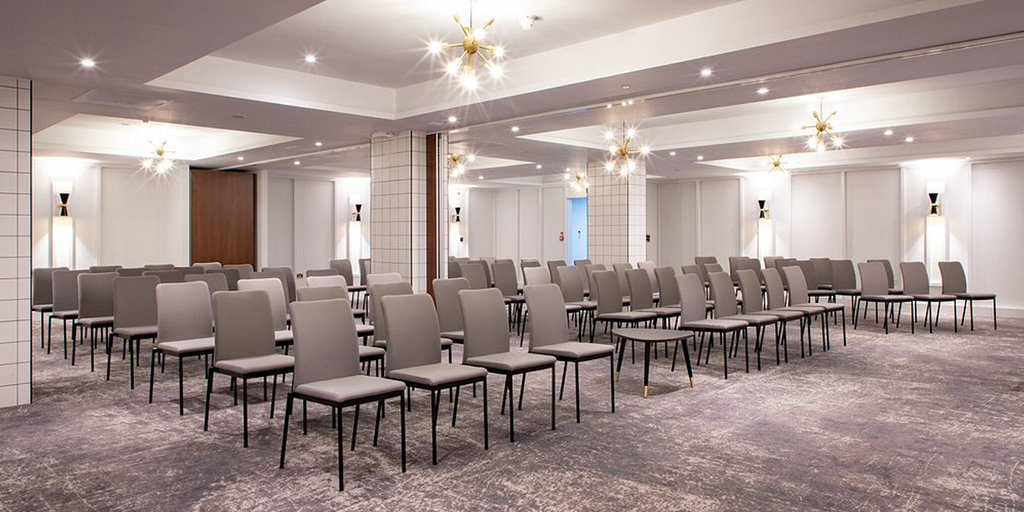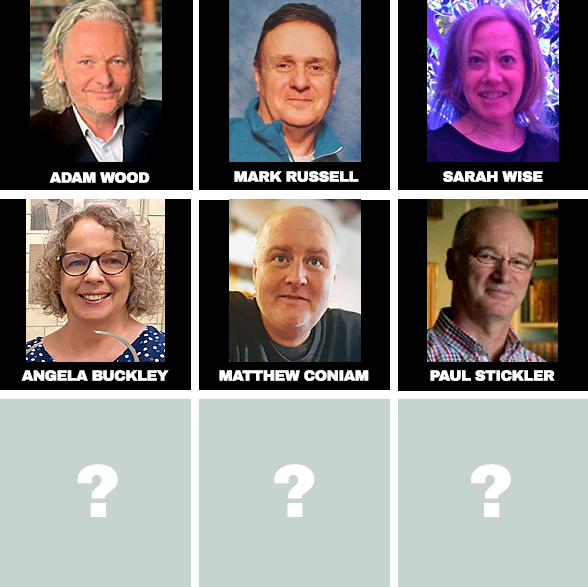SPEAKERS.
The event is being organised by crime and policing historian Adam Wood, who will also be the emcee for the weekend.
The conference itself will hear lectures from eight expert speakers, on specific crime cases alongside wider historical context such as Victorian detective methods and 19th century understanding of criminal lunacy.
Details of each speaker will be revealed below in due course - go to the Speakers button on the menu to view full details of each talk.
1/ THE MURDER OF JULIA WALLACE
Mark Russell
The classic unsolved murder from January 1931, in which Julia Wallace was found brutally beaten to death in the sitting room of the home she shared with husband William in Liverpool.
Despite William Wallace being arrested, charged and convicted of the murder, the verdict was overturned by the Court of Criminal Appeal − the first time in British legal history that an appeal had been allowed after re-examination of evidence.
The question remains: who killed Julia Wallace on that cold January night in 1931?
2/ GASLIGHT STORIES: TALES FROM THE VICTORIAN LUNACY PANICS
Sarah Wise
Women in white, eccentric heirs, inconvenient people, 'maniacs' and 'monsters'...
The 19th century saw a series of scandals concerning sane individuals being locked away in lunatic asylums – the victims of unscrupulous persons, who wanted to be rid of a ‘difficult’ family member, spouse or friend.
But who were the victims of this trade? And to what extent was it carried on? Was a Victorian paterfamilias simply able to ‘put away’ an unwanted wife or disobedient daughter?
3/ THE SCIENCE OF SLEUTHING: THE HIDDEN HISTORY OF VICTORIAN DETECTIVES
Angela Buckley
Crime investigation has captured the public's imagination since the early nineteenth century, and the fascination with detectives and their sleuthing adventures endures today.
Yet, despite the widespread interest, little is known about how the first professional police detectives developed their investigative skills, including the adoption of new scientific techniques, such as trace analysis, photography and fingerprinting.
4/ MR CRIPPEN, CORA AND THE BODY IN THE BASEMENT
Matthew Coniam
It was an 'open and shut' case. Hawley Harvey Crippen, an American quack doctor, had murdered his wife, the music hall performer Belle Elmore, and buried parts of her body in the coal cellar of their North London home.
But by the time the remains were discovered he had fled the country with his mistress disguised as his son. After a thrilling chase across the ocean he was caught, returned to England, tried and hanged, remembered forever after as the quintessential domestic murderer.
But if it was as straightforward as the prosecution alleged, why did he leave only some of the body in his house, when he had successfully disposed of the head, limbs and bones elsewhere? Why did he stick so doggedly to a plea of complete innocence, when he might have made a sympathetic case for manslaughter? Why did he make no effort to cover his tracks if he really had been planning a murder?
These and other questions remained tantalising mysteries for almost a century, until new DNA tests conducted in America exploded everything we thought we knew for sure about the story.
5/ THE RILLINGTON PLACE MURDERS
Paul Stickler
The discovery of six bodies at Rillington Place in 1953 not only identified a catalogue of sadistic killings, but also challenged the entire criminal justice system to review the earlier hanging of Timothy Evans in 1950.
In this talk former senior detective Paul Stickler re-examines the murders at this infamous address, and reminds us of their significance and how they continue to generate debate today.
Paul will talk the audience through the shocking sequence of events, and highlight where the initial investigation could have been far more effective.

